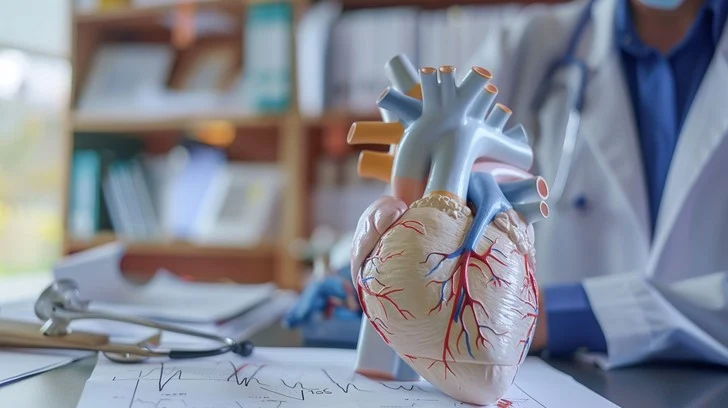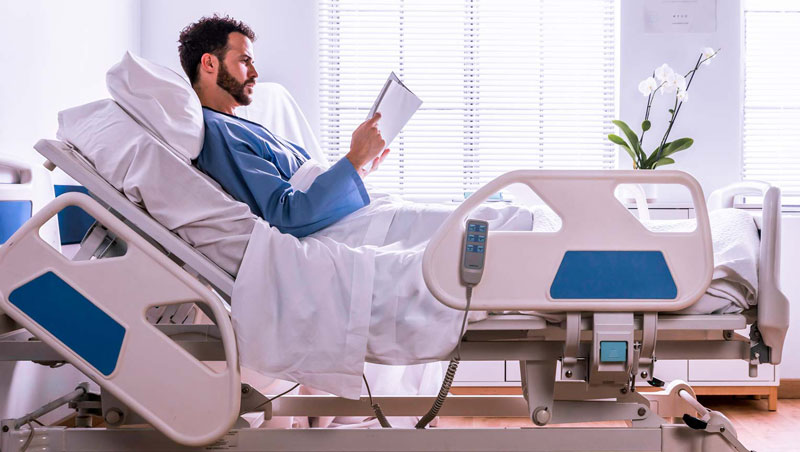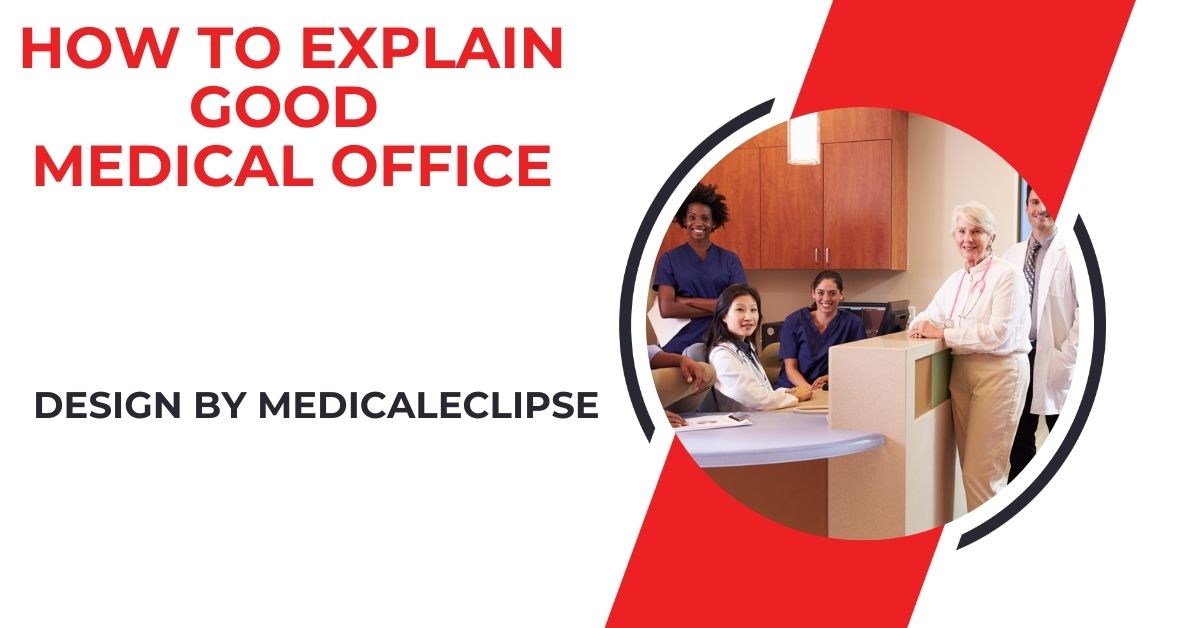A good medical office provides professional, patient-centered care with friendly staff, minimal wait times, and modern technology.
In this article, we’ll explore every aspect of what makes a medical office outstanding, from the staff and facilities to technology, patient-centered care, and more.
Professional and Friendly Staff:
The Heart of Any Medical Office:

The staff is the first point of contact for patients, and their demeanor sets the tone for the entire visit. Professionalism combined with friendliness and empathy goes a long way in ensuring patients feel valued and comfortable.
Every staff member, from receptionists to nurses and doctors, should have excellent communication skills and the ability to explain medical details clearly to patients.
A good medical office ensures that the staff:
- Is well-trained and knowledgeable.
- Maintains a positive attitude.
- Shows empathy towards patients.
- Listens carefully to patient concerns.
- Fosters a welcoming atmosphere for people from all walks of life.
How to explain:
“In a good medical office, the staff is friendly and professional. They make you feel at ease, listen carefully, and treat every patient with dignity and respect.”
Efficient Scheduling:
Reducing Stress and Wasted Time:
Long wait times and scheduling difficulties are common complaints about healthcare experiences. In a good medical office, appointments are scheduled efficiently to reduce patient wait times. Advanced scheduling systems like online booking platforms or phone apps allow patients to book or adjust their appointments without hassle.
Moreover, staff efficiency ensures that medical appointments run on time, avoiding unnecessary delays. If unexpected circumstances arise, clear communication about the delay shows that the office respects the patient’s time.
elements of efficient scheduling include:
- Key Flexible hours (early mornings, evenings, or weekends).
- Multiple booking methods (phone, online, app).
- Clear communication about wait times and delays.
- Easy appointment rescheduling or cancellations.
- Offering telemedicine options for routine consultations.
How to explain:
“In a good medical office, appointments are easy to schedule, and the wait times are minimal. If delays happen, they keep you informed so that you’re not left in the dark.”
Cleanliness and Comfort:
A Safe and Inviting Environment:

Cleanliness is not just about aesthetics but also about the safety of patients. A good medical office maintains strict hygiene standards, especially in high-traffic areas such as waiting rooms, restrooms, and examination rooms. Beyond sanitation, the environment should feel comfortable and welcoming, reducing anxiety and promoting a positive atmosphere.
Modern medical offices also focus on creating comfort for patients through ergonomic seating, ample space in waiting rooms, and soothing decor. Additionally, accessibility is crucial, ensuring that the office is easy to navigate for people with disabilities.
Important aspects include:
- Regular cleaning and sanitizing protocols.
- Organized, clutter-free spaces.
- Well-maintained equipment.
- Comfortable seating and atmosphere.
- Accessibility for patients with mobility challenges.
How to explain:
“A good medical office is impeccably clean and creates a comfortable, welcoming environment. Everything from the seating to the examination rooms is designed to make you feel safe and cared for.”
Expert Healthcare Providers:
Experience and Credentials Matter:
The core of a good medical office is its qualified and experienced healthcare providers. Patients need to feel confident in the expertise of their doctors, nurses, and specialists. Credentials, years of experience, and areas of specialization all contribute to the office’s ability to provide high-quality care.
A good medical office prioritizes continuing education for its staff, ensuring they stay updated with the latest medical developments, treatments, and technologies. This keeps their knowledge fresh and improves patient care outcomes.
Attributes of expert providers include:
- Board certification and specialized training.
- A track record of successful patient outcomes.
- Staying updated on new medical research and treatments.
- Engaging in continuing education and professional development.
- A collaborative approach to treatment, often working with other specialists as needed.
How to explain:
“In a good medical office, you’re treated by highly qualified professionals who have extensive experience and stay updated on the latest medical advancements. You’re in safe, capable hands.”
Patient-Centered Care:
Personalized Treatment Plans:

A defining feature of a good medical office is its commitment to patient-centered care. This approach focuses on the individual needs, preferences, and values of each patient. Healthcare providers take time to understand each patient’s unique lifestyle, medical history, and personal health goals to develop a customized treatment plan.
In a patient-centered office, healthcare providers:
- Listen to patient concerns without rushing.
- Offer individualized treatment plans.
- Involve the patient in decision-making about their care.
- Provide emotional support, considering the mental and physical aspects of health.
- Follow up to ensure that treatments are effective and adjust plans as necessary.
How to explain:
“A good medical office listens to your unique needs and creates personalized treatment plans. They involve you in decisions and provide care tailored to your specific health goals.”
Advanced Technology:
Cutting-Edge Tools for Better Care:
A modern medical office incorporates the latest technology to enhance patient care. This could range from electronic health records (EHR) for streamlined documentation to advanced diagnostic tools that improve the accuracy and speed of diagnoses. Offices may also offer telemedicine services, allowing patients to receive consultations remotely.
Technology not only increases efficiency but also improves patient outcomes. Whether it’s digital X-rays, online appointment scheduling, or secure patient portals for viewing test results, a technology-driven office ensures smoother processes.
Technological features include:
- Electronic health records (EHR) for secure, efficient documentation.
- Online patient portals for accessing health information.
- Advanced diagnostic tools (e.g., digital imaging, ultrasound).
- Telemedicine for remote consultations.
- Automated systems for appointment reminders and billing.
How to explain:
“A good medical office uses the latest technology to improve your care and make everything from booking appointments to getting test results faster and more convenient.”
Transparency in Pricing and Treatment:
Building Trust:
Transparency is key to building trust between healthcare providers and patients. A good medical office provides clear communication about treatment plans, costs, and potential outcomes. Patients should understand what they are being charged for, and the office should be upfront about billing practices, including insurance coverage and out-of-pocket costs.
Beyond pricing, honesty about diagnoses, potential risks, and outcomes builds patient confidence. No one likes surprises when it comes to their health or their bills, so transparency in every aspect of care is crucial.
Elements of transparency include:
- Clear, upfront explanations of costs and insurance coverage.
- Honest discussions about treatment options, risks, and outcomes.
- Transparent billing processes with no hidden fees.
- Open communication between providers and patients about care decisions.
How to explain:
“A good medical office is transparent about both your treatment and its costs, so you always know what to expect, and there are no hidden surprises.”
Comprehensive Services:
One-Stop Healthcare Solutions:
A good medical office offers a broad range of services, ensuring that patients can access comprehensive care without having to visit multiple facilities. Whether it’s primary care, specialty services, diagnostic tests, or preventive care, patients benefit from a full spectrum of services under one roof.
Services that define a good office include:
- Primary care services (annual check-ups, vaccinations, etc.).
- Diagnostic testing (lab work, imaging, etc.).
- Preventive care (wellness programs, health screenings).
- Specialty care (dermatology, cardiology, etc.).
- Chronic care management for conditions like diabetes, asthma, etc.
How to explain:
“In a good medical office, you’ll find all the services you need in one place, from routine checkups to specialized treatments and tests.”
Comfortable Patient Follow-up and Support:

A good medical office doesn’t end its care when the patient leaves. Follow-up appointments and ongoing care are key to ensuring that treatments are effective. Offices should maintain contact with patients after appointments to ensure recovery is progressing well or to make necessary adjustments to treatment plans.
Good offices also offer support services, such as patient counseling, educational resources, or access to specialists, to help patients manage their health conditions more effectively.
How to explain:
“A good medical office follows up after your visit to ensure your recovery is going well. They’re there for you with support and resources every step of the way.”
Accessibility and Convenience:
Making Healthcare Easy to Access:
Finally, a good medical office is conveniently located and offers flexible hours to meet patients’ diverse schedules. This ensures that healthcare is accessible, whether through early morning or late evening appointments, weekend hours, or telemedicine options. Proximity to public transportation and ample parking also enhances accessibility for patients.
Key points include:
- Convenient location with parking or public transport access.
- Flexible office hours (early morning, late evening, or weekend options).
- Telemedicine options for remote consultations.
- Walk-in appointments for urgent care needs.
How to explain:
“A good medical office is easy to reach, with convenient hours and multiple ways to access care, so you can fit appointments into your busy schedule.”
FAQ’s
1. What makes the staff in a good medical office stand out?
The staff is friendly, professional, and empathetic, ensuring patients feel comfortable and heard.
2. How does a good medical office handle scheduling?
Appointments are scheduled efficiently with minimal wait times and multiple booking options like phone, online, or app.
3. Why is cleanliness important in a medical office?
It ensures patient safety and creates a welcoming, comfortable environment.
4. What role does technology play in a good medical office?
Advanced technology improves care efficiency, from electronic health records to telemedicine services.
5. How does a good medical office ensure transparency?
Clear communication about treatment plans, costs, and billing practices builds trust with patients.
Conclusion
A good medical office combines friendly, professional staff, advanced technology, and patient-centered care to create a positive healthcare experience. It prioritizes transparency and quality, helping patients make informed decisions and trust their providers. By exceeding patient expectations, a great medical office ensures high-quality, compassionate care in every aspect.

Leave a Reply